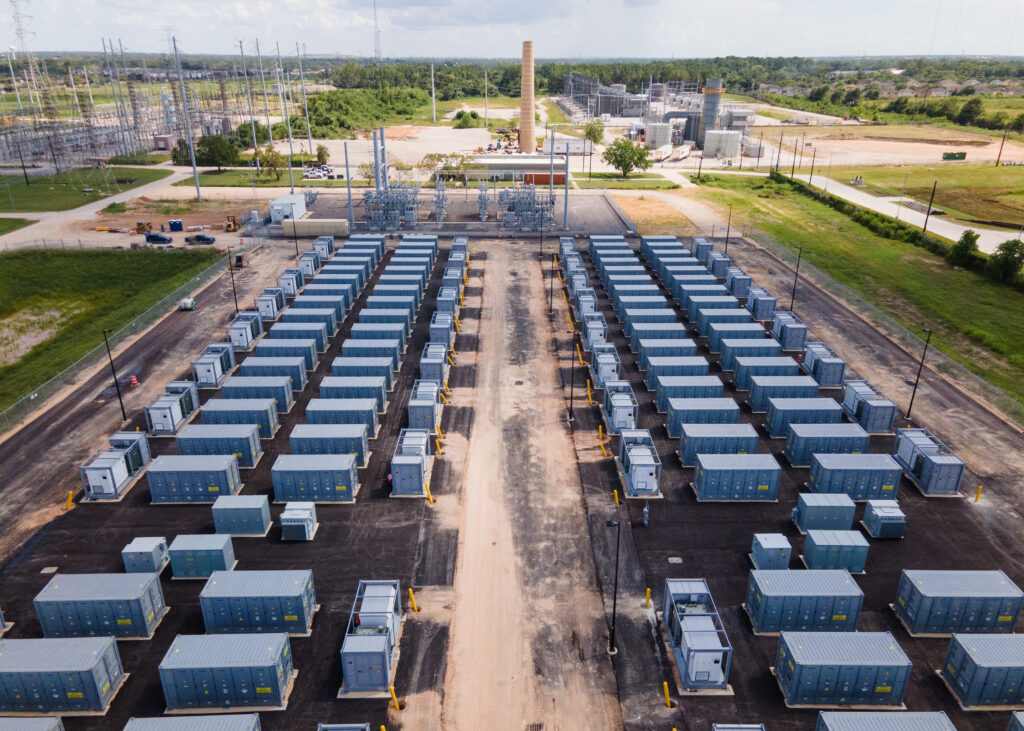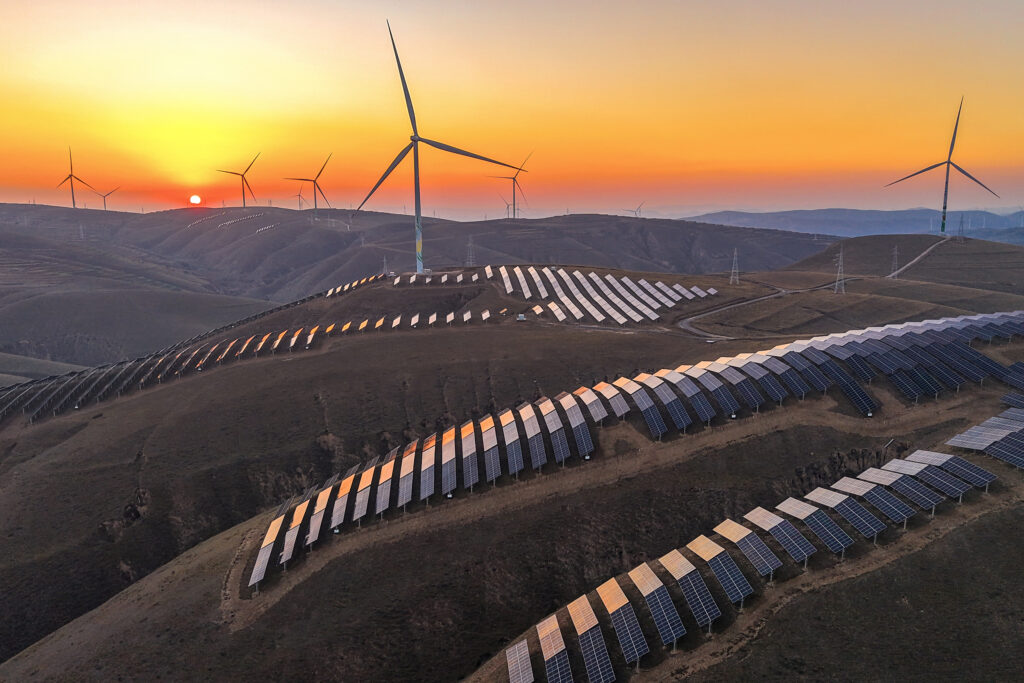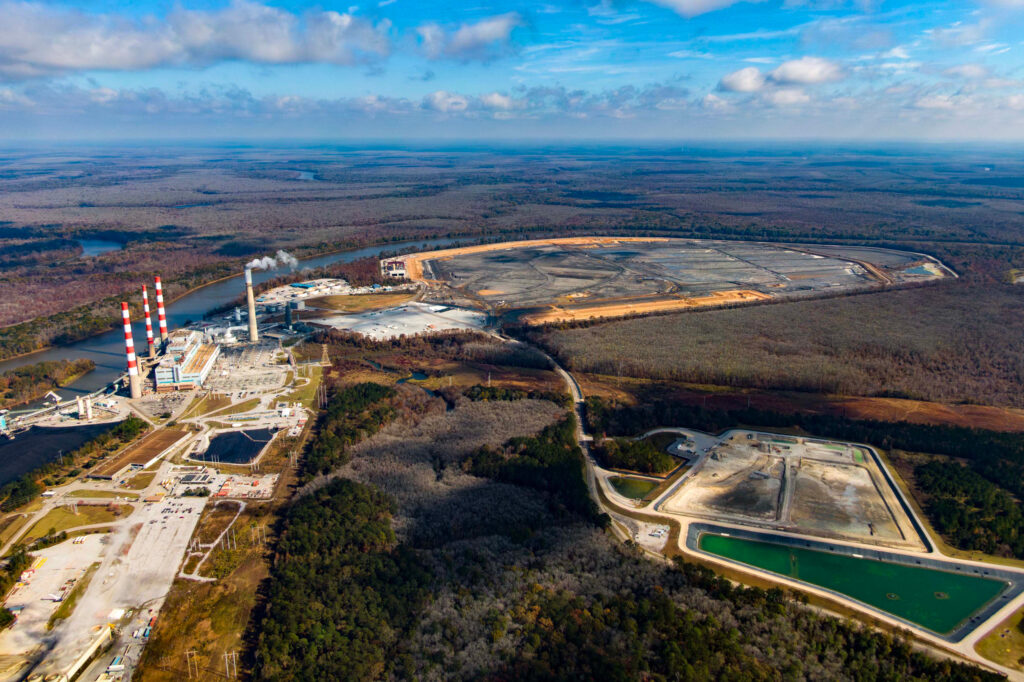Wind and solar projects will have to meet more difficult work requirements to continue to access federal tax credits over the next four years, under guidance the Trump administration unveiled Friday.
Although renewable energy advocates said that the Treasury Department’s new guidelines amounted to an acceleration of the phaseout of federal support for wind and solar, there was widespread relief throughout the industry that the crackdown was not greater. Three of the four biggest gains on Wall Street for the day were posted by solar companies, led by Sunrun, the nation’s largest rooftop solar installer, with a 33 percent jump in price.
The new Treasury guidance came in response to an executive order Trump issued in the wake of the One Big Beautiful Bill Act that Congress passed six weeks ago. Wrangling among Republicans over the solar and wind tax credits threatened to derail the landmark legislation, until a compromise was reached that protected wind and solar projects from the phaseout of their tax credits if they started construction within the next 12 months.
The Treasury Department’s new guidance essentially changes the long-standing definition of what it means to “start construction.” Advocacy groups for the industry and environmental groups immediately protested that the new guidance flew in the face of the agreement that members of Congress reached.
“The Treasury Department’s decision to accelerate the phase out of clean energy tax credits undermines the integrity of our energy grid and our legislative process,” Jason Grumet, CEO of the American Clean Power Association, said in a statement. “In the One Big Beautiful Bill Act, Congress explicitly chose to provide energy companies with one year to phase out tax credits to keep energy prices low while meeting growing power demand.”
But some industry analysts believed renewables dodged a bullet. Wind and solar developers will still get four years to complete their credit-eligible projects. And although work will have to be continuous in order for a project to maintain eligibility for tax credits, the Treasury Department included a lengthy list of interruptions that will be considered excusable, such as work stoppages for severe weather or natural disasters, or for labor shortages or inability to obtain specialized equipment.
Climate advocates would have preferred the “rules to stay the same—just as they would have preferred the entire clean energy tax credit framework to remain as it had been when the Inflation Reduction Act passed in 2022,” said Pavel Molchanov, managing director of renewable energy and clean technology for the investment firm Raymond James. “But, considering the current political landscape, the outcome was about as benign as it could have been.”
Previously, the Treasury Department viewed the start of construction as paying or incurring 5 percent of a project’s cost. That simple 5 percent test is eliminated for all projects that are greater than 1.5 megawatts. Instead, those projects will need to meet a more complex “physical work test” to qualify. Under the test, “work of a significant nature” must be performed, and the work must be continuous without interruption.
Because for most large projects, there will be no strict measure of what it means to begin work, such as the dollar amount of work done or the percentage of work completed, there will be more room for the Treasury Department to make judgment calls on whether work has started in time for the project to qualify for tax credits.
Kit Kennedy, managing director for power at the Natural Resources Defense Council, said the result will be uncertainty for projects and greater difficulty for companies in obtaining financing.
“Congress provided a narrow but clear path for businesses bringing investments and jobs to communities around the country with new solar and wind projects, but this administration is trying to erect new roadblocks,” Kennedy said.
Soon after he signed the One Big Beautiful Bill, Trump issued an executive order directing the Treasury Department to rapidly “eliminate the market distortions and costs imposed on taxpayers by so-called ‘green’ energy subsidies.” The order reportedly came in response to the concerns of fiscal conservatives in the House who nearly derailed the bill in its final hours.
But two Republican advocates for wind and solar reportedly were pressing the Trump administration for lenience: Sens. Chuck Grassley of Iowa and John Curtis of Utah. Grassley announced he would maintain a hold on Trump’s Treasury nominees over the issue.
In an emailed statement on Friday, Grassley appeared optimistic about the impact of Treasury’s guidance, saying that it “seems to offer a viable path forward for the wind and solar industries to continue to meet increased energy demand.”
Curtis said he would be reviewing the new Treasury guidance to understand its full impact.
“I appreciate the work of Secretary [Scott] Bessent and his staff in balancing various concerns and perspectives to address the President’s executive order on wind and solar projects,” he said in a statement. “Throughout these conversations, we have shared the goal of responsibly ending the decades-long tax credits for these industries while providing a soft landing.
“I will continue working to ensure Utah companies—and all American innovators—have the certainty and opportunity they need to deliver the future we all want: affordable, reliable, clean energy rooted in American ingenuity,” Curtis added.
When asked whether they would lift their hold on Treasury nominees in response to the new guidance, a spokesperson for Grassley said that he is “continuing to review the guidance and speak with the industry,” while Curtis’s spokesperson said that there was “no change as of now.”
Inside Climate News reporter Dan Gearino contributed to this story.
About This Story
Perhaps you noticed: This story, like all the news we publish, is free to read. That’s because Inside Climate News is a 501c3 nonprofit organization. We do not charge a subscription fee, lock our news behind a paywall, or clutter our website with ads. We make our news on climate and the environment freely available to you and anyone who wants it.
That’s not all. We also share our news for free with scores of other media organizations around the country. Many of them can’t afford to do environmental journalism of their own. We’ve built bureaus from coast to coast to report local stories, collaborate with local newsrooms and co-publish articles so that this vital work is shared as widely as possible.
Two of us launched ICN in 2007. Six years later we earned a Pulitzer Prize for National Reporting, and now we run the oldest and largest dedicated climate newsroom in the nation. We tell the story in all its complexity. We hold polluters accountable. We expose environmental injustice. We debunk misinformation. We scrutinize solutions and inspire action.
Donations from readers like you fund every aspect of what we do. If you don’t already, will you support our ongoing work, our reporting on the biggest crisis facing our planet, and help us reach even more readers in more places?
Please take a moment to make a tax-deductible donation. Every one of them makes a difference.
Thank you,


















